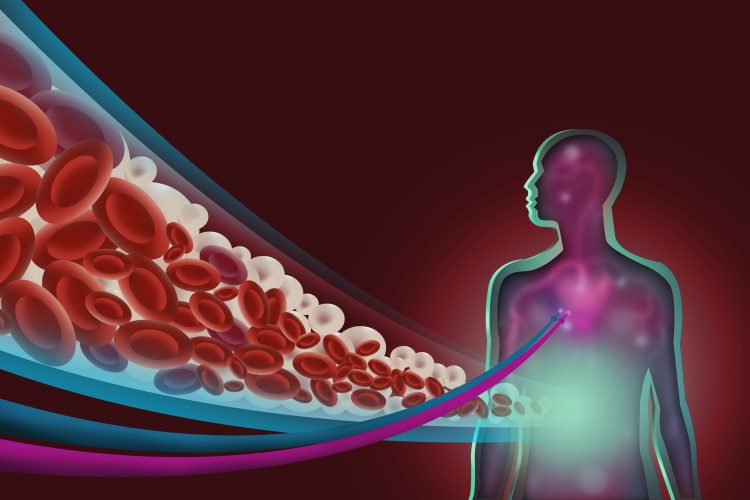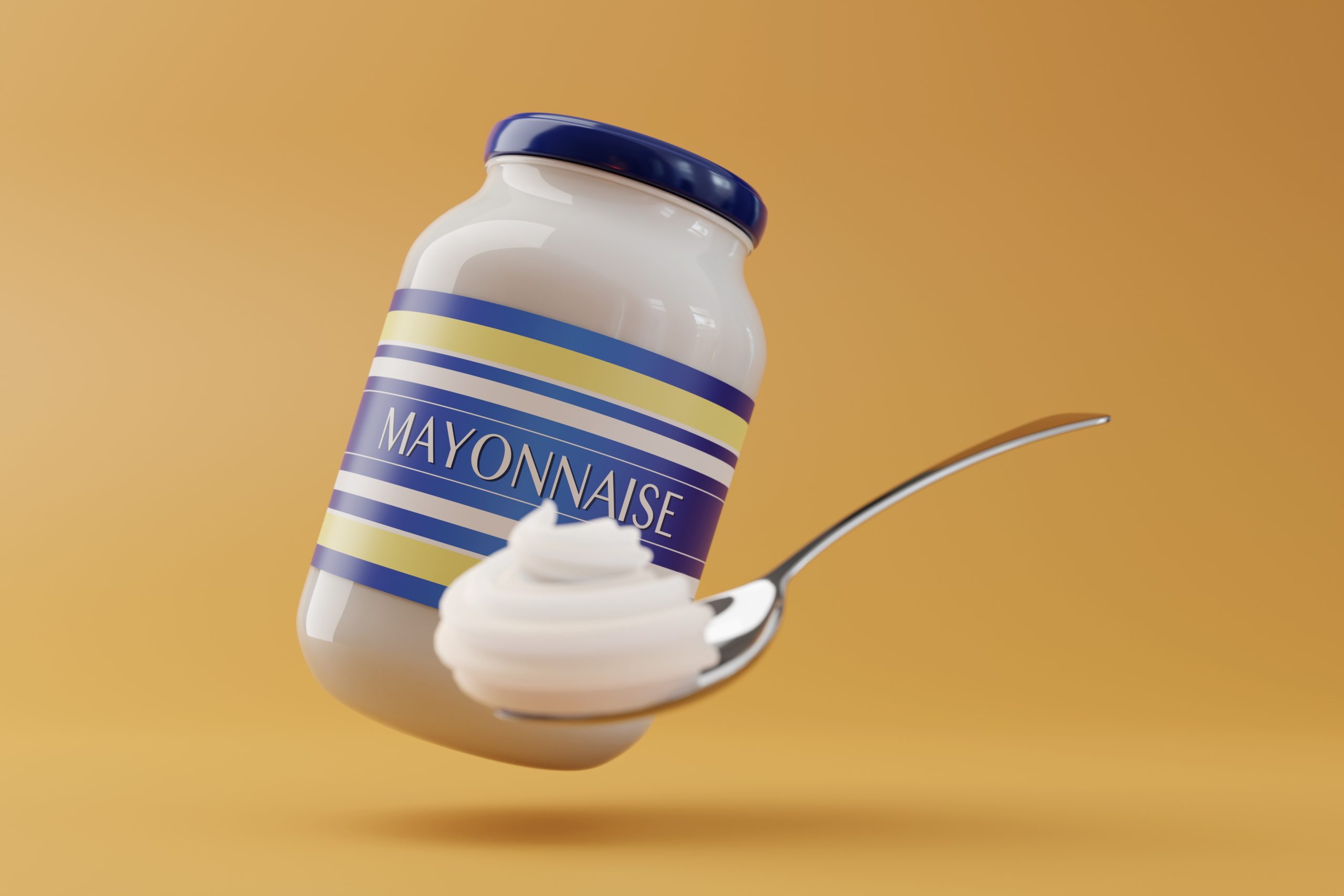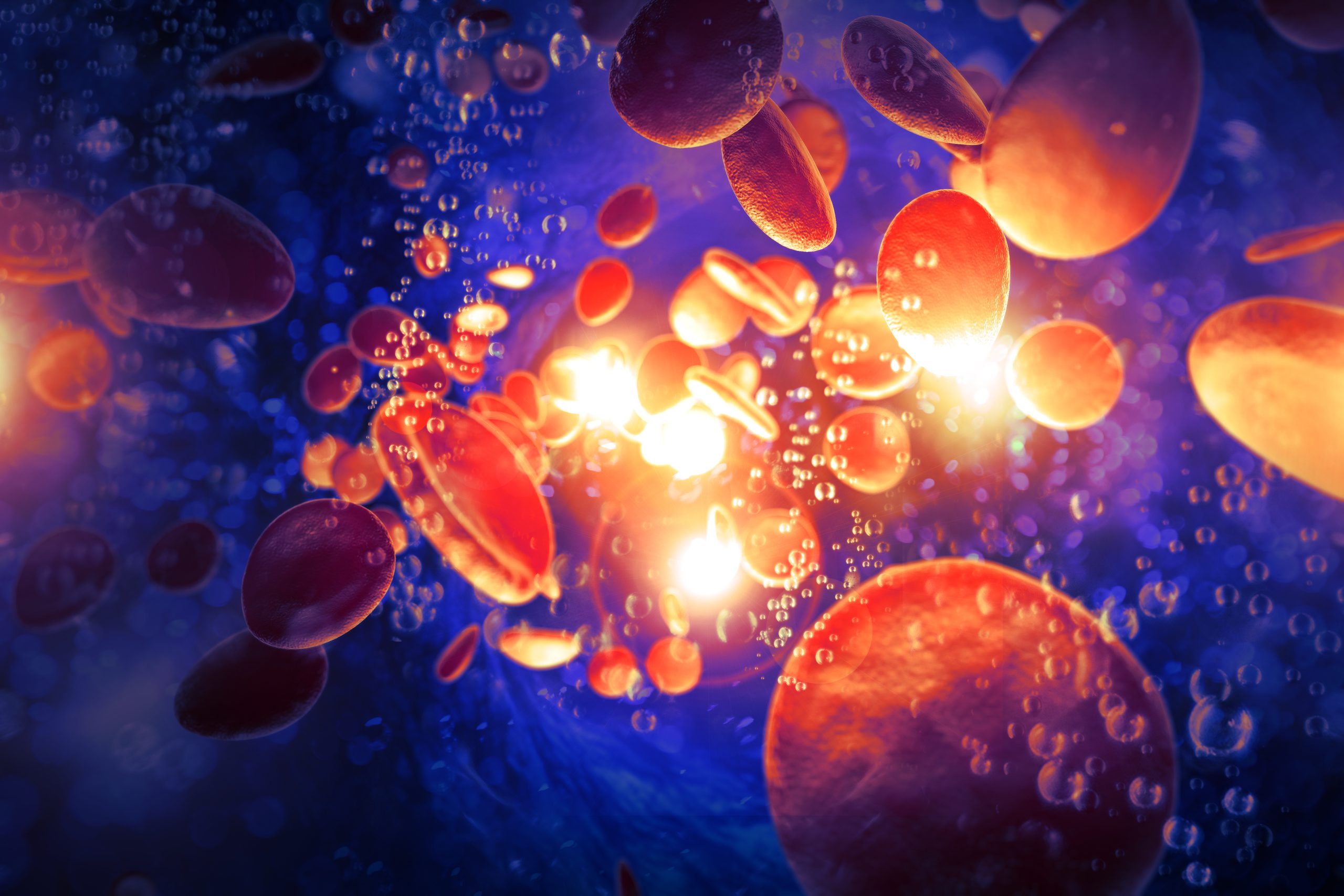Lipids: essential nutrients in our diet
- Like
- Digg
- Del
- Tumblr
- VKontakte
- Buffer
- Love This
- Odnoklassniki
- Meneame
- Blogger
- Amazon
- Yahoo Mail
- Gmail
- AOL
- Newsvine
- HackerNews
- Evernote
- MySpace
- Mail.ru
- Viadeo
- Line
- Comments
- Yummly
- SMS
- Viber
- Telegram
- Subscribe
- Skype
- Facebook Messenger
- Kakao
- LiveJournal
- Yammer
- Edgar
- Fintel
- Mix
- Instapaper
- Copy Link
Posted: 5 July 2023 | Sarah Verkempinck | No comments yet
Sarah Verkempinck discusses why consumers often stigmatise lipids as unhealthy, and argues why one should not forget that some lipid consumption is essential to sustain a healthy life.


The importance of lipids in the human diet
Lipids are present in many food types. Think about liquid oils or solid fats, but also fatty fish, meat, dairy products, seeds and nuts. Lipids are also present in fruits, vegetables and legumes, although in relatively low quantities.
Consumption of lipids or lipid-rich foods is frequently associated with negative health implications, especially in the case of saturated and trans fats. This is due to their high caloric content in comparison to other nutrients, such as protein and carbohydrates. Overconsumption of lipids is therefore linked to high cholesterol levels and the development of obesity which in turn increases the risk to develop cardiovascular diseases, diabetes, or other metabolic-related disorders.
However, it is not advisable to exclude lipids from our diet as they are also linked to specific positive health effects. In this sense, lipids are an important energy source in daily life. They also deliver important nutrients to our body, such as essential fatty acids (i.e. building blocks of lipids) and lipid-soluble vitamins A, D, E, and K.
Next to health-related effects, lipids also have an important sensorial role in food products. In particular, they create a desirable creaminess in products like dairy. The melting behaviour of lipids in chocolate contributes to an important sensorial experience that pleases consumers. In addition to mouthfeel, lipids also provide taste to food products. Think about frying of potatoes to deliver potato chips and fries, but also the rancidity of butter can be explained by its lipid content.
Lastly, lipids also have important structural effects in foods. For example, the creamy structure of ice cream is related to, among other things, the lipids present.
Why is digestion of lipids different from other nutrients?
Digestion of lipids is more complex than digestion of other macronutrients because the human digestive system is a watery environment. Protein and carbohydrates are water-soluble so digestion and transport of their digested compounds can relatively easily take place.
Lipids, on the contrary, are lipid-soluble and thus not that easily distributed in water. Therefore, lipids first need to organise themselves into specific structures so-called colloidal structures such as emulsions, to be able to freely move in the watery digestive environment.
What are emulsions?
One example of such colloidal structures are emulsions. Emulsions are omnipresent in our daily life as sauces, vinaigrettes, dairy products, but also cosmetic products like body cream.
The main ingredients of emulsions are oil and water which are two immiscible liquids. In an oil-in-water emulsion, the oil organises as numerous small droplets each surrounded by water. If you only blend water and oil, very shortly after the liquids will separate. Therefore, ingredients are added to prevent thisseparation. Such ingredients are called emulsifiers. Emulsifiers are compounds having two structural regions: one that affiliates with oil droplets, while the other region prefers the watery environment. Therefore, emulsifiers are capable of mixing oil and water easily. A well-known example of an emulsion is mayonnaise. It is mainly composed of oil, water, and egg yolk.


A well-known example of an emulsion is mayonnaise.
Egg yolk is rich in emulsifying compounds allowing to simply mix the oil and water together to create a homogenous mayonnaise. Another example is milk, in which proteins act as emulsifier to mingle oil droplets into water. Next to these natural emulsifiers, chemical emulsifiers are also frequently used in food products to optimise longer term stability.
Lipid digestion
To understand how lipids are digested in our body, it is important to explain the chemical structure of lipids. Lipids are composed of numerous triacylglycerol molecules. These molecules can be compared with a tree having three branches.
This three-branched molecule cannot be taken up by our body as such and thus must be cut first. The breakdown of lipids mainly takes place in our stomach and small intestine. There, enzymes are present which can cut the branches of lipids and are called lipases.
When food enters our mouth, we will chew it if necessary, and swallow. The food is transferred through the oesophagus towards the stomach where the digestion process starts. Gastric lipase first needs to move from the watery environment towards the surface of a lipid droplet. Secondly, it needs to move the emulsifiers from the lipid surface to be able to make contact with the lipids itself. If this was successful, gastric lipases will start to remove one branch from the lipid structures located on the outside of the lipid droplet. After a while, the enzyme will stop working as it will be surrounded by two-branched lipid structures or diacylglycerols as well as the branches that were cut, called fatty acids.
Digestive enzymes often work on very specific molecular structures as is the case for the gastric lipase. Around 30 percent of the lipids will be digested in the stomach to mainly form diacylglycerols and fatty acids. A limited number of these fatty acids can be taken up through the stomach. However, the majority of lipids present in the stomach (which is a mixture of cut diacylglycerols and fatty acids as well as non-cut triacylglycerols) will move further in the body towards the small intestine. In the small intestine, another lipase is present to further cut the lipids. Besides, bile salts are released in the small intestine which act as emulsifiers and aid the digestion of lipids.
Lipid droplets arriving in the small intestine are a mixture of three- and two-branched lipids (i.e. triacylglycerols and diacylglycerols) and fatty acids. First bile salts will remove fatty acids from the lipid droplet to make space for the intestinal lipase. Bile salts will form another type of colloidal structures, micelles. Micelles have a lipid-friendly core and a water-friendly outer layer so they can easily transport lipid digestion products towards the intestinal wall.
Once intestinal lipase has contact with the remaining two- or three-branched lipids, it will start to cut them into mainly monoacylglycerols (one-branched lipids) and thus releasing one or two fatty acids. The intestinal lipase works very efficiently and cuts the remaining 70 percent of lipids into lipid digestion products (monoacylglycerols and fatty acids). The lipid digestion products are transported using micelles to the intestinal wall where they can be absorbed by the body.
The lipid digestion products end up in our bloodstream where they are re-organized as triacylglycerols. These re-organized triacylglycerols are transported to several places in the body to perform different tasks such as energy storage and delivery, cell strengthening, hormone production, protection of brain functioning.


Verkempinck outlines how lipid digestion products end up in our bloodstream where they are re-organised as triacylglycerols.
Lipid digestion and some health implications
Most people digest lipids in a very efficient way. This means that almost all lipids are digested in the small intestine and little lipids end up in the colon. Lipid digestion can be less efficient for particular people, such as people with pancreatitis, cystic fibrosis, or gall bladder diseases, since they produce low amounts of lipases and/or bile salts.
Consequently, undigested lipids pass through the large intestine and result in a fatty stools (steatorrhea). The longer term consequences are not yet fully revealed, but some studies indicate it could lead to the development of inflammatory bowel disease or colorectal cancer.
Additionally, incomplete digestion and absorption of lipids, regularly goes hand in hand with malabsorption of lipid-soluble vitamins (A, D, E, and K) an thus vitamin deficiencies.
Not only the amount of lipids that are digested at the end of our small intestine is important, but also the satiating effect of lipids will have several physiological implications. Satiation is defined as the feeling of fullness during consumption of a meal which results in the termination of eating.
Satiety, on the other hand, is related to the feeling of fullness in between meals which makes you decide when to eat a next meal. Both will affect the amount of food consumed during one day. The most important conclusion made from research is that lipids have satiating effects since lipid digestion is affecting appetite hormone regulation. Besides, presence of lipids within a meal or diet, often delays emptying of the stomach and impedes intestinal transit, prolonging the feeling of fullness.
Based on this knowledge, food technologists try to develop foods with specific digestion patterns
(different extents and/or rates). In case of oil-in-water emulsions, it has been shown that smaller oil
droplets result in a faster lipid digestion.1,2 This is because many small droplets occupy a larger surface area than a limited number of larger droplets, so enzymes digest smaller droplets more rapidly. In addition, many researchers study the impact of the emulsifier type on the rate and degree of lipid digestion.3–7
Some emulsifiers, such as milk proteins, are also digested along our gastrointestinal tract, while others, often synthetic emulsifiers, are not digested. Both types of emulsifiers have advantages and disadvantages, and the impact on lipid digestion depends on the specific emulsifier. Nowadays, more research is done with regard to the replacement of these undigestible synthetic emulsifiers by digestible natural ones as recent research showed that the presence of undigestible emulsifiers in the colon can be linked to negative health effects. Moreover, researchers also explore the possibility of using mixtures of emulsifiers in order to steer lipid digestion in a more targeted manner.8,9
References
1. Salvia-Trujillo L, Verkempinck SHE, Sun L, Van Loey AM, Grauwet T, Hendrickx ME: Lipid
digestion, micelle formation and carotenoid bioaccessibility kinetics: Influence of emulsion droplet size. Food Chem 2017, 229.
2. Infantes-Garcia MR, Verkempinck SHE, Guevara-Zambrano JM, Andreoletti C, Hendrickx MEG,
Grauwet T, Infantes Garcia MR, Verkempinck SHE, Guevara Zambrano JM, Andreoletti C, et al.:
Enzymatic and chemical conversions taking place during in vitro gastric lipid digestion: The effect of emulsion droplet size behavior. Food Chem 2020, 326.
3. Mun S, Decker EA, McClements DJ: Influence of emulsifier type on in vitro digestibility of lipid
droplets by pancreatic lipase. Food Research International 2007, 40:770–781.
4. Tan Y, Zhang Z, Mundo JM, McClements DJ: Factors impacting lipid digestion and nutraceutical
bioaccessibility assessed by standardized gastrointestinal model (INFOGEST): Emulsifier type.
Food Research International 2020, 137:109739.
5. Verkempinck SHE, Salvia-Trujillo L, Moens LG, Charleer L, Van Loey AM, Hendrickx ME, Grauwet
T: Emulsion stability during gastrointestinal conditions effects lipid digestion kinetics. Food
Chem 2018, 246.
6. Infantes-Garcia MR, Verkempinck SHE, Gonzalez-Fuentes PG, Hendrickx ME, Grauwet T: Lipolysis
products formation during in vitro gastric digestion is affected by the emulsion interfacial
composition. Food Hydrocoll 2021, 110:106163.
7. Infantes-Garcia MR, Verkempinck SHE, Hendrickx ME, Grauwet T: Kinetic Modeling of in Vitro
Small Intestinal Lipid Digestion as Affected by the Emulsion Interfacial Composition and Gastric
Prelipolysis. J Agric Food Chem 2021, 69:4708–4719.
8. Infantes-Garcia MR, Verkempinck SHE, Saadi MR, Hendrickx ME, Grauwet T: Towards
understanding the modulation of in vitro gastrointestinal lipolysis kinetics through emulsions
with mixed interfaces. Food Hydrocoll 2022, 124:107240.
9. Yan J, Yang Z, Qiao X, Kong Z, Dai L, Wu J, Xu X, McClements DJ: Interfacial characteristics and in
vitro digestion of emulsion coated by single or mixed natural emulsifiers: lecithin and/or rice
glutelin hydrolysates. J Sci Food Agric 2022, 102:2990–2999
About the author:
Sarah Verkempinck is a postdoctoral researcher at the Laboratory of Food Technology at KU Leuven, Belgium. She received her PhD degree in Bioscience Engineering in 2018, in which she investigated how diverse emulsion characteristics impact lipid digestion kinetics, micelle formation, and carotenoid bioaccessibility. At this moment, her research interests include nutrient digestion and how this is impacted by intelligent food processing and food formulations using static and semi-dynamic in vitro simulations as well as in silico modelling approaches. Additionally, she aims to gain a better understanding of how specific pectin properties affect the physicochemical and nutritional functionality of oil-in-water emulsions.
Related topics
Food Safety, Health & Nutrition, Quality analysis & quality control (QA/QC), Research & development, The consumer, World Food









